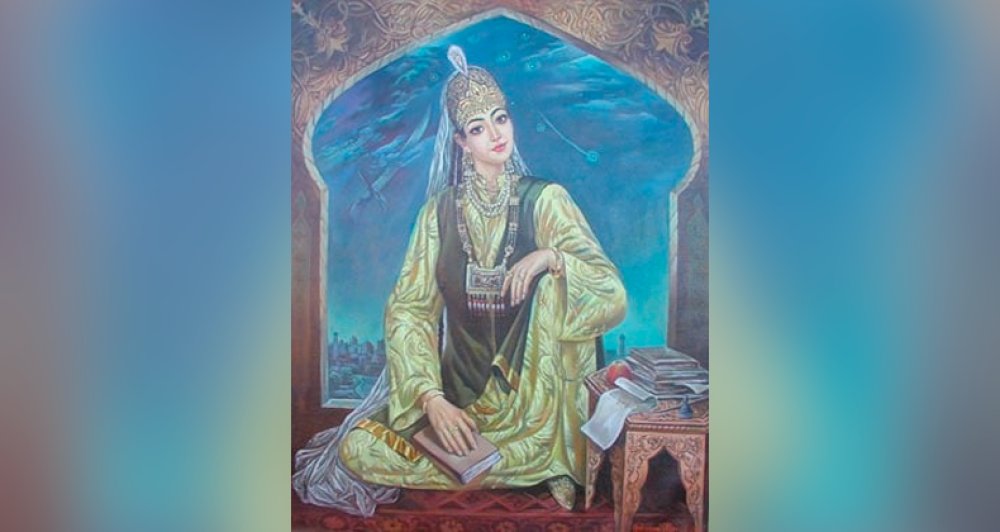Women who built madrasas, wrote history, and made peace
🔴Queens who paved the way for statecraft, knowledge, and art
🔴True stars of the stage of politics and enlightenment

Saroymulkhanim, Gawharshad Begim, Khonzoda Begim, Gulbadan Begim... These names are an inseparable part of the Timurid dynasty’s glory. They were not merely palace queens but contributed greatly to politics, science, culture, and enlightenment.
The mother who raised Amir Temur
Tegina Mohbegim was the mother and spiritual mentor of Amir Temur. Thirsty for knowledge and wise, she inspired Sahibqiron to seek learning from an early age. After Temur lost his mother at a young age, his upbringing was continued by his sister Qutlug‘ Turkon Ogha.

The queen who advised the state and built a madrasa
Known as “Great Lady”, Saroymulkhanim was not only Temur’s wife but also his political advisor. She had a madrasa built in Samarkand, advised craftsmen, and supported scholars.

The queen of the world
Abdurazzoq Samarqandi called her “the queen of the world”. Gawharshad Begim played a decisive role in state affairs: appointing governors, designating commanders, and authorizing rewards and punishments were not done without her consent. Her madrasas built in Herat became famous.
A symbol of courage
Khonzoda Begim, born in Andijan in 1456, was Babur’s sister. She was known for her intelligence and knowledge of history and literature. Sources note that Shaybani Khan wanted to marry her as a symbol of peace.

The queen who wrote history
Babur’s daughter, Gulbadan Begim, was the author of Humoyunnama. Through this work, valuable information about court life, ceremonies, clothing, and customs has been preserved.
The light of the palace
Jahangir Shah’s beloved wife, Nurjahon Begim, was not only beautiful but also talented. She wrote ghazals under the pen name “Makhfi” and, according to sources, even created a perfume.
The genius behind the name “Makhfi”
Aurangzeb Alamgir’s daughter, Zebunniso Begim, was accomplished in poetry, music, and calligraphy. She transcribed the Qur’an by hand and recited it from memory. She sponsored scholars and poets, providing financial support to the learned.
Today, the Museum of the Center of Islamic Civilization in Uzbekistan presents images of Timurid queens in a modern interpretation. This is an opportunity to relive history, connect with our spiritual heritage, and find inspiration.
Gavhar Eshonqulova
P/S: This article may be used by citing the official website of the Center.
Most read

More than 80 historical artifacts related to Uzbekistan are planned to be returned to our country

An extended meeting of the Scientific Council took place at the Center of Islamic Civilization

About a house even greater than the Kaaba...











